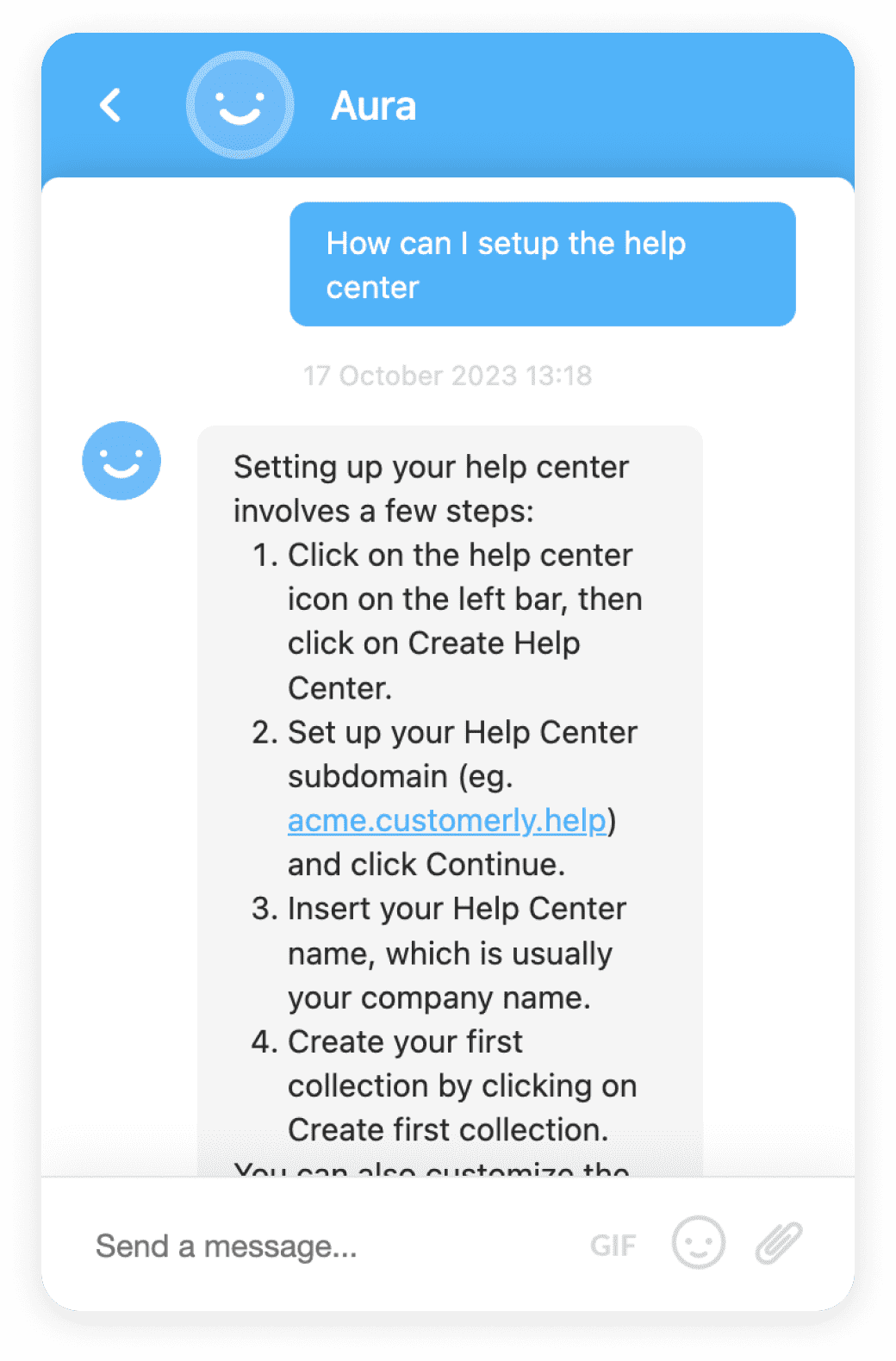Customer Success Metrics
Customer Success Metrics are key performance indicators used to measure customer satisfaction and identify areas for improvement.
Definition
Customer Success Metrics are key indicators used by businesses to measure the level of success or satisfaction of their customers. These metrics are crucial as they provide insights into how well a product or service meets, or possibly exceeds, customer expectations. They also help businesses to identify areas where improvements can be made to enhance the customer experience.
Usage and Context
Customer Success Metrics are widely used across various industries, especially in the SaaS (Software as a Service) sector. They are often monitored and analyzed by customer success teams to ensure customer satisfaction and loyalty. Common examples of Customer Success Metrics include Net Promoter Score (NPS), Customer Satisfaction Score (CSAT), Customer Effort Score (CES), churn rate, and customer lifetime value (CLV).
FAQ
What is the importance of Customer Success Metrics?
Customer Success Metrics are crucial as they provide valuable insights into customer satisfaction and loyalty. They help businesses to identify areas that need improvement and take appropriate action to enhance the customer experience.
How are Customer Success Metrics measured?
Customer Success Metrics are typically measured through customer surveys and feedback, as well as through the analysis of customer behavior data.
Related Software
There are several software tools available that can help businesses track and analyze Customer Success Metrics. These include customer relationship management (CRM) systems, customer feedback tools, and analytics platforms.
Benefits
Monitoring Customer Success Metrics can offer a range of benefits. It can help businesses to improve their products or services, enhance customer satisfaction and loyalty, reduce churn rate, and ultimately, increase revenue.
Conclusion
In conclusion, Customer Success Metrics are essential tools for businesses to measure customer satisfaction. By monitoring these metrics, businesses can make informed decisions to improve their products or services and enhance the overall customer experience.
Related Terms
CES (Customer Effort Score)
Customer Effort Score (CES) is a metric that measures the effort a customer has to exert to get an issue resolved or a request fulfilled.CLV (Customer Lifetime Value)
CLV or Customer Lifetime Value is a prediction of the net profit attributed to the entire future relationship with a customer. It is used to guide marketing, sales, and customer service strategies.Churn Rate
Churn Rate is a key business metric that calculates the number of customers who leave a product over a given period of time, indicating customer retention.Customer Lifetime Value
Customer Lifetime Value (CLV) is a predictive analysis technique used to calculate the total net profit a company can make from any given customer.Customer Lifetime Value Analysis
Customer Lifetime Value Analysis is a method used to predict the total value a company can derive from a customer throughout their relationship.NPS (Net Promoter Score)
Learn about NPS (Net Promoter Score), a key metric used to measure customer loyalty and satisfaction. Understand its definition, usage, benefits, and related software.Net Promoter Score
Net Promoter Score is a benchmark tool to measure customer loyalty. It's calculated based on customers' willingness to recommend a company's product or service.Subscription Churn Rate
Subscription Churn Rate is a metric that calculates the number of subscribers who discontinue their service during a given time period. It's vital for businesses with subscription-based models.











